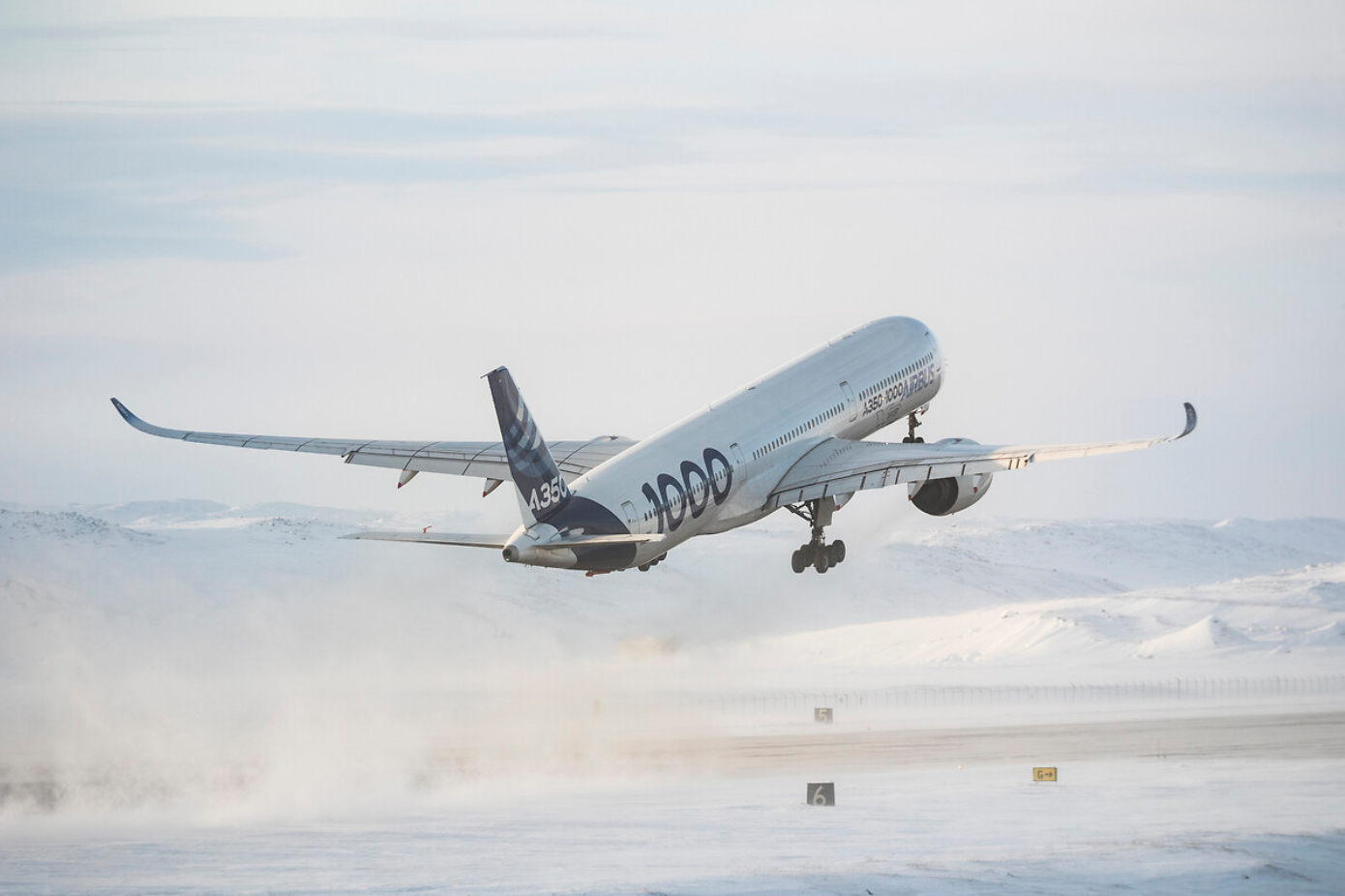Airbus's subsidiary UpNext is heading a program that has recently begun testing pilot assistance technologies designed to help ensure flight safety. The technology focuses on assisting a single pilot in the event that the other should become incapacitated. The primary purpose of the technology is to reduce the single pilot's load factor, enabling them to avoid task saturation and focus on flying the aircraft. The new technology will assist pilots in the air and on the ground until the issue is resolved.
Safety assistance technology
The new technology has been given the name DragonFly. What makes DrgonFly unique to existing pilot assistance features, such as auto-land, is that it takes in information from the surrounding area and flight path, calculates risk, and makes a decision based on the results. Some of the data it intakes is surrounding weather, airspace, and the current objectives, which may be to land at the nearest suitable airport.
Airbus claims to have received the inspiration for the technology from the small dragonfly. The head of the DragonFly program, Isabelle Lacaze, explained that the DragonFly technology operates similarly to a real dragonfly which can take in its surroundings, identify landmarks and maneuver accordingly. Lacaze stated,
"Inspired by biomimicry, the systems being tested have been designed to identify features in the landscape that enable an aircraft to "see" and safely manoeuver autonomously within its surroundings, in the same way that dragonflies are known to have the ability to recognise landmarks."
Get the latest aviation news straight to your inbox: Sign up for our newsletters today.
Flight testing
DragonFly safety technology is currently being tested on an Airbus A350-1000 aircraft in Toulouse, France, at Airbus's facility at the Tolouse-Blagnc Airport (TLS). UpNext has installed this latest technology aboard the aircraft and has begun testing in real-world scenarios. So far, the technology has demonstrated the ability to perform several of the promised safety functions.
These tests were done while just one pilot was operating the aircraft to simulate an incapacitated crew member situation. While there was a second pilot present, only one would be flying the aircraft as the tests also served to see how well the pilots and technology can work together in an emergency situation.
DragonFly has shown in these tests that it can successfully auto-divert during cruise and initiate the auto-land sequence. It has proven that it can take in external factors as advertised, including weather, airspace, and objectives. During these tests, the aircraft was able to communicate clearly with Air Traffic Control (ATC) and the Operations Control Center. The DragonFly technology also proved capable of producing a flight trajectory plan in flight.
In addition to inflight safety assistance testing, the technology has also been tested on the ground. UpNext has been testing the taxi assistance features in real-world operations at TLS in recent weeks. DragonFly provides flight crew members with audible alerts regarding airspeed, obstacle avoidance, and directions for taxi. While this technology is designed to help pilots in emergency situations, UpNext plans to continue the development of this technology as it looks to a future of autonomous flight.
What do you think of Airbus's DragonFly tests? Let us know in the comments below.


